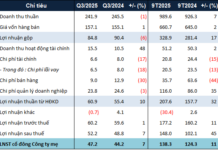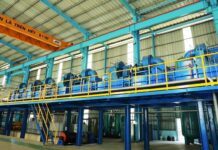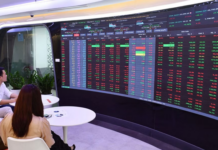The official release date for the Xiaomi car has not been revealed yet, but new information about the upcoming XIaomi SU7 model continues to emerge. Recently, leaked photos from the Xiaomi factory have revealed three new color options for the SU7, in addition to the previously announced color palette.
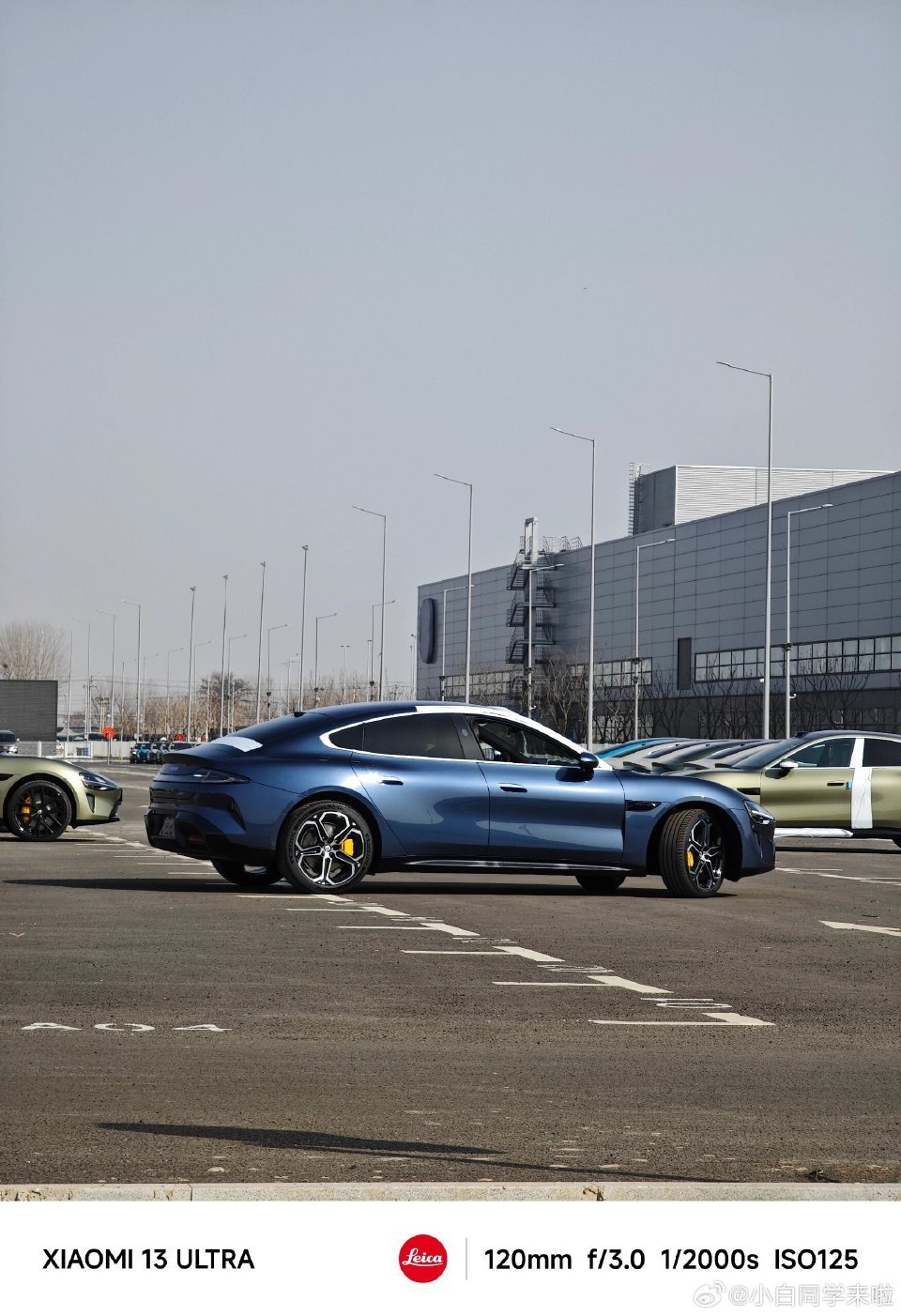
These new colors include gray, orange, and dark purple. Compared to the previously introduced blue color, the new additional colors provide more style choices, catering to both those who prefer a classic and elegant look and those who prefer a sporty appearance.
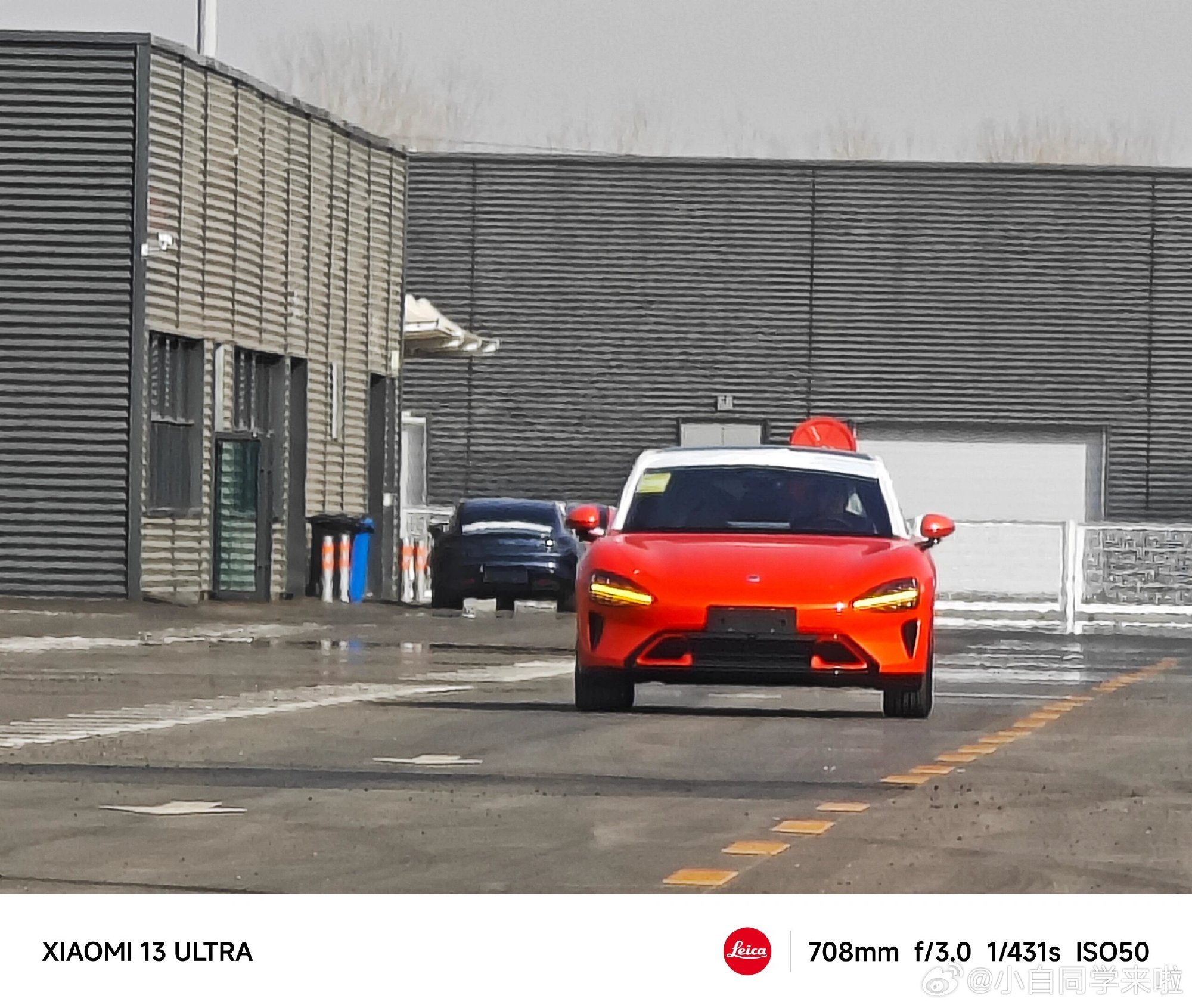
According to Xiaomi Chairman Lei Jun, the SU7 is expected to start shipping in the second quarter of 2024. The SU7 was introduced at the MWC 2024 event in Barcelona, marking the international debut of this car model. Xiaomi aims to leverage its existing base of 20 million high-end smartphone users in China to drive initial sales.
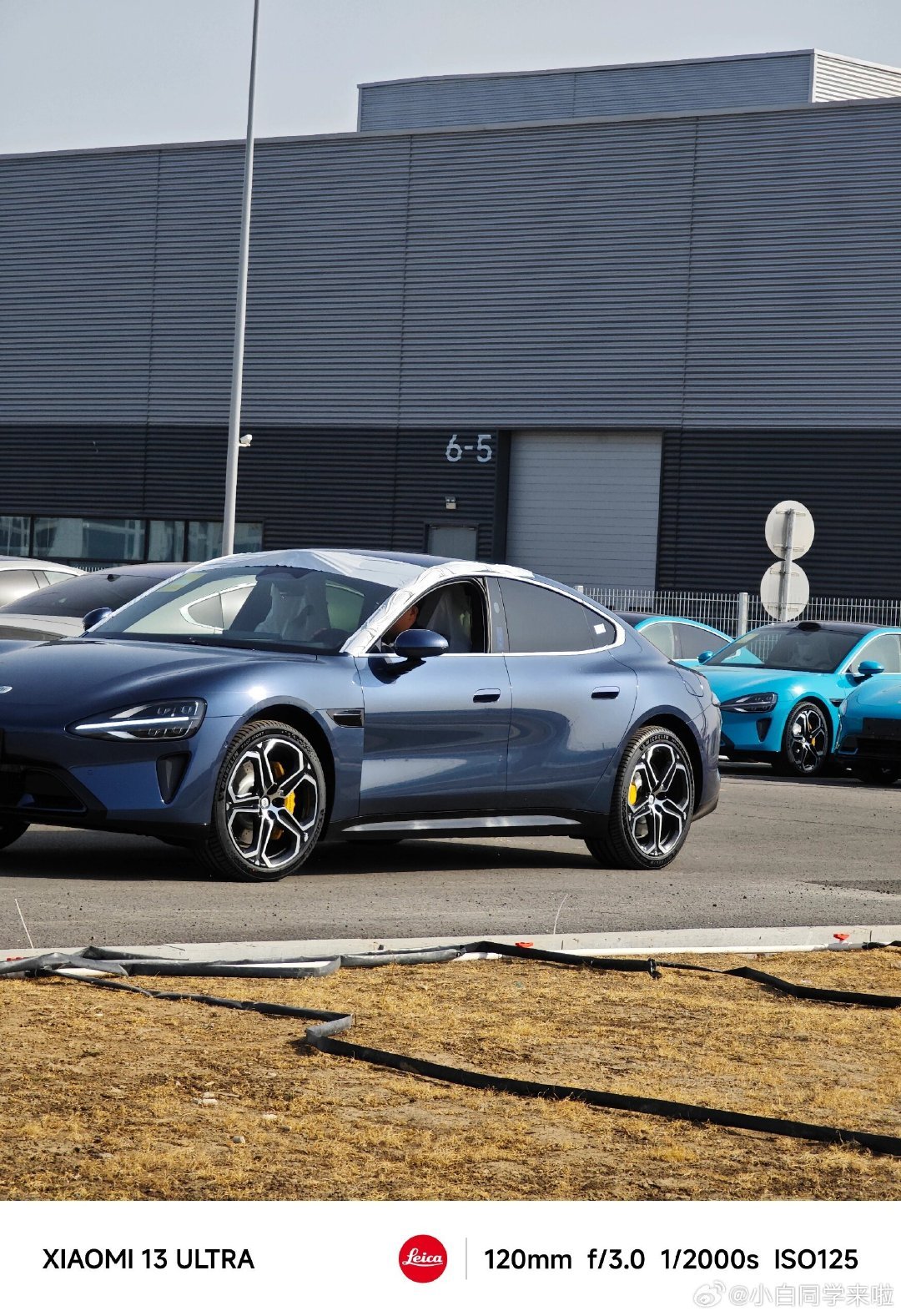
Although Xiaomi is known for its affordable prices, the SU7 is targeting the mid-to-high-end market segment. The exact pricing has not been announced yet, but it is estimated to range from 250,000 to 370,000 Chinese Yuan Renminbi (35,176 – 52,061 USD). The expected production volume will increase to 2,000 cars in March, with plans to exceed 10,000 cars per month by July.
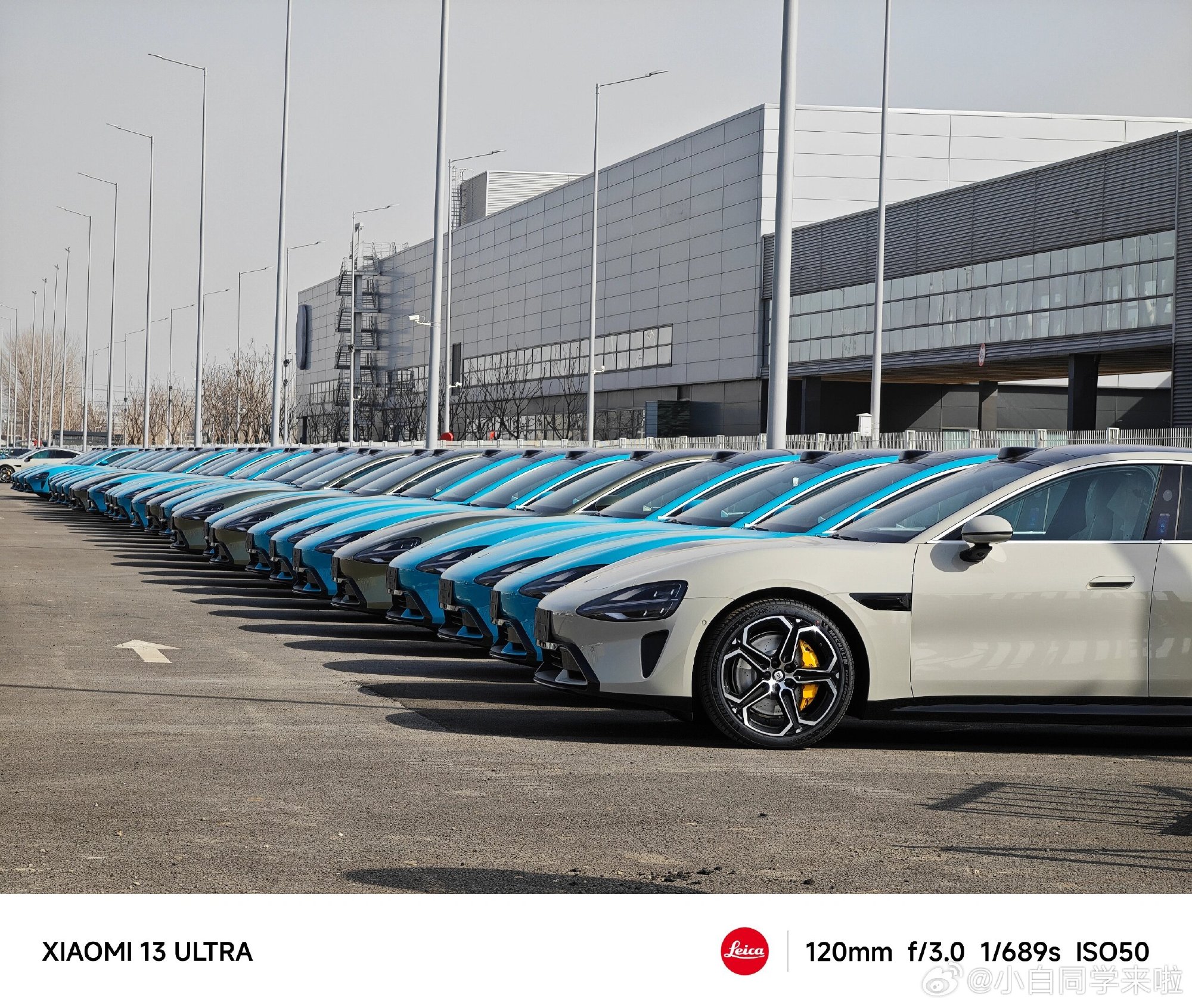
Most recently, a Bloomberg report revealed that Apple has suspended its electric car project, also known as “Project Titan,” to allocate resources to other prioritized business areas, including artificial intelligence (AI). In a Weibo post, Lei Jun expressed his “deep shock” at Apple’s exit from the electric car sector. The Xiaomi Chairman said he “understands deeply how difficult automobile manufacturing is,” but added that Xiaomi has made a “firm strategic choice” and remains committed to producing electric cars.
Xiaomi, the world’s third-largest smartphone manufacturer, announced its entry into the electric car market in 2021, with Lei Jun calling this endeavor the “ultimate business mission in my life.” The Xiaomi SU7 is the result of an investment of over 10 billion Chinese Yuan Renminbi (1.4 billion USD) to develop a prototype with a team of 3,400 engineers.













